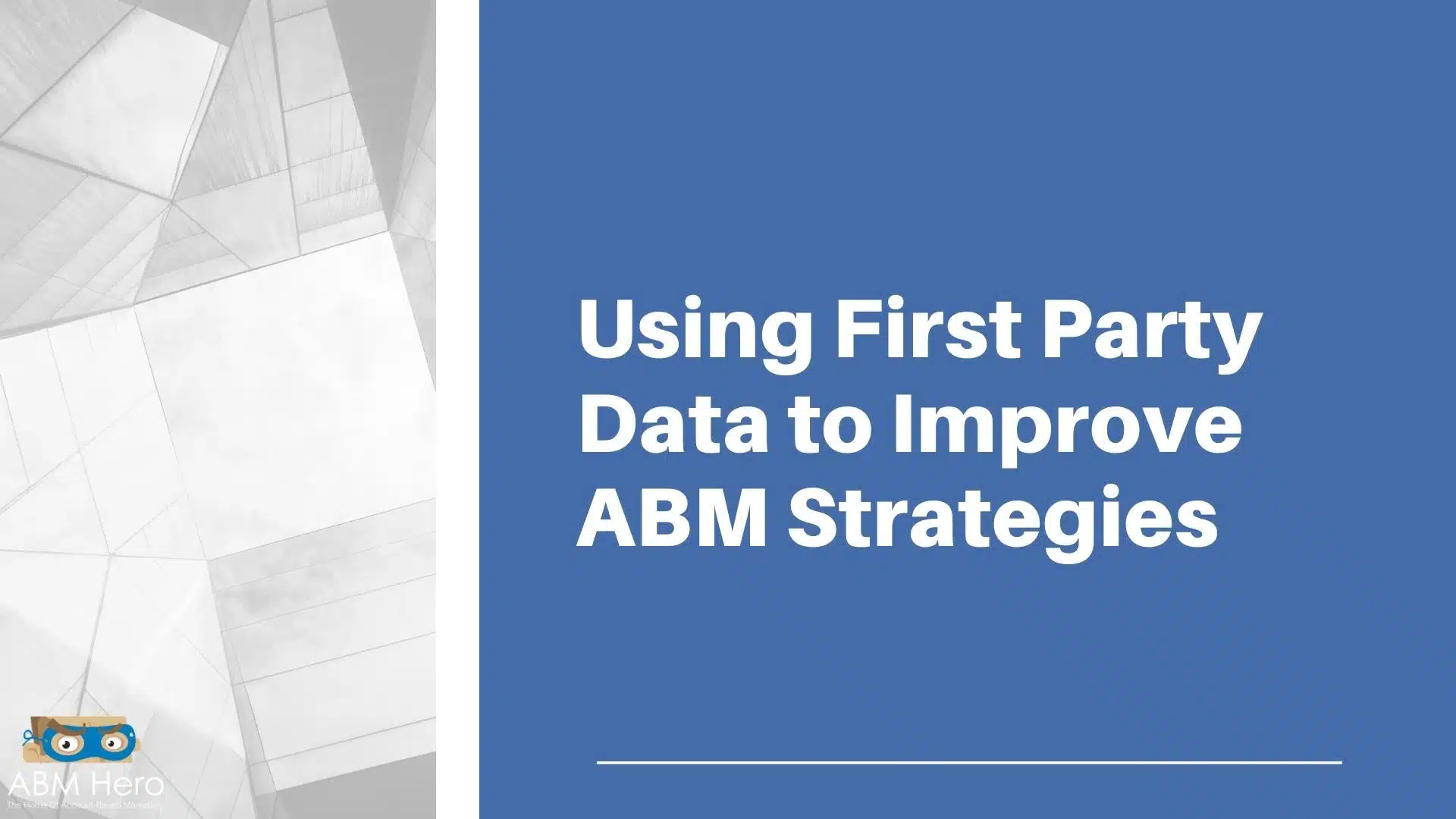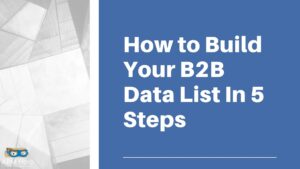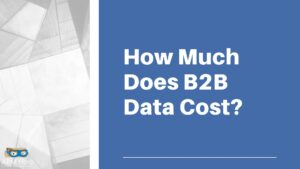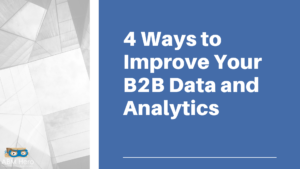To succeed with account-based marketing (ABM), you must deeply understand your target accounts.
It means having data on the decision-makers within those accounts, their pain points, what they’re looking for, and how your product or service can help them.
In the past, this data has been challenging to come by. However, with the rise of data management platforms (DMPs), marketers now have access to first-party data, which you can apply to improve ABM strategies.
In this article, we will dive deeper into first party data and how you can use it to enhance your ABM strategies.
What is First Party Data?

It’s a company that collects First Party Data about its customers and prospects.
The data is used for marketing purposes, including account-based marketing.
Account-based marketing is a type of marketing that focuses on key accounts, or customers, that are important to a company.
This type of marketing often uses account-based scoring to identify which accounts are most valuable. First party data can be utilized to create account-based marketing models and help determine which accounts are most helpful.
First party data is an integral part of account-based marketing. This data can help identify which accounts are most valuable and help create account-based marketing models.
What is Second Party Data?
Second party data is data that is collected by one organization and then shared with another organization. This data is managed through first party data collection methods, such as surveys, customer loyalty programs, and website cookies.
The data is then shared with a second party, such as a research firm, marketing company, or data aggregator.
Second party data can be valuable to organizations because it provides insights that would be difficult to obtain through first party data collection alone.
For example, a marketing company may use second party data to understand how its target audience interacts with other brands. This information can then be used to develop more effective marketing strategies.
What is Third Party Data?
Third party data is collected by an entity other than the individual or organization that will use the data.
In many cases, third party data is aggregated from multiple sources and sold or licensed to organizations for marketing, research, or other applications.
Third party data can benefit organizations, providing insights that would otherwise be difficult or impossible to obtain.
However, there are also potential risks associated with using third party data, as the data may be inaccurate or out-of-date.
Additionally, there may be privacy concerns if the data is used without the consent of the individuals who are the subjects of the data.
Why is First Party Data Important?

A company collects first party data about its customers and interactions with them. This data is essential for account-based marketing as it creates a more personalized and targeted marketing campaign.
A personalized experience helps increase customer retention by connecting the customer and the company.
When customers feel like the company understands them and their needs, they are more likely to continue doing business with that company. Additionally, a personalized experience can make the customer feel valued and appreciated, leading to increased retention.
First party data can include information such as customer demographics, customer preferences, and customer purchase history.
This data can be used to segment customers and create targeted marketing campaigns that are more likely to convert.
Additionally, first party data can create custom audiences for retargeting campaigns.
Here are several key reasons why it is crucial to use first party data when running retargeting campaigns. First, first party data is generally more accurate and up-to-date than third party data.
This is because first party data is collected directly from the source (i.e., the website or app where the user interacts). In contrast, the third party information is collected from various sources that may not be as reliable.
Second, first party data gives you a complete picture of your customers and their behavior.
This is important for two reasons: (1) you can use this information to create more targeted and effective campaigns, and (2) you can use it to understand your customers better and what they want.
Overall, first party data is necessary for account-based marketing because it allows for more personalized and targeted campaigns. When used effectively, first party data can help to increase leads, conversions, and ROI.
How First Party Data Affects ABM Strategies?
In the grand scheme of things, first party serves as the perfect raw materials to help you produce a meaningful depiction of how your customers behave.
It improves your ABM strategies as you skip the guesswork of creating marketing efforts to appease your target customers because you have a data-driven method to help your strategy align with your goals.
The following are some of the ways how you can use these data to ramp up your ABM strategies:
- Segment your audience and target them more effectively
- Personalize your messages and content
- Create lookalike audiences
- Track engagement and conversions
- Improve your ABM strategies over time
Craft a Roadmap for Your First Party Data
First party data is the cornerstone of a more comprehensive omnichannel marketing approach that can aid organizations in achieving lower-funnel goals like customer retention, loyalty, and upselling.
Establish the strategies and data needed to carry out the plan and your marketing and customer experience goals and objectives.
Also, construct a roadmap for how your cross-channel marketing skills will advance. Divide the long-term effort into smaller tasks demonstrating increasing returns at each level.
Choose the Appropriate Data Sources and Data Points
Audit your data sources to determine what data is being generated and how it is measured.
Make sure you capture the data crucial to achieving your goals by cross-referencing your data sources and points with the data needs of the marketing and analytics use cases you intend to implement.
Look Beyond What’s On Your Data
In any situation, the ability to personalize and meaningfully engage with customers depends on first party data.
Create a company-wide identity asset by combining offline and online data to generate customer-centric programs that match marketing, product, and service.
Benchmark and Track Over Time
Evaluate your first party functionality regularly, track your development, and incorporate your learnings as you go.
Determine your solution’s leading performance indicators regarding its operational capability and assistance with cross-channel marketing campaigns.
Keep track of the amount of data, the sources, the processing speed, the depth of the profile, and the data used for analytics and measurement.
To wrap up, using first party data to improve ABM strategies can benefit organizations. It can help improve targeting, personalization, and overall campaign performance.
Not to mention, it can help reduce costs and increase ROI.
Nevertheless, it is essential to remember that first party data is not a silver bullet and should be used with other data sources to create a well-rounded ABM strategy.

